#1 Platinum Bracelet Buyer in Las Vegas & Henderson
History
Etymology
Platinum came from the Spanish word platina (i.e., the diminutive of plata), which means little silver. History is a witness to the many uses of platinum, especially in jewelry-making, which can be deemed as common as gold and other metal types’.
Traces of Platinum in Ancient Egypt
Archaeologists have discovered that the ancient Egyptian tombs forged from gold in 1200 BC have small amounts of platinum. Another example is the tomb of Shepenupet II, in which a little box adorned with gold hieroglyphics was found and also had some platinum. Moreover, ancient Egyptians never knew that their gold had some platinum, a puzzle with missing pieces.
Pre-Columbian South America
Known for producing artifacts made of a white gold-platinum alloy, the natives near the present-day Esmeraldas, Ecuador, are credited for discovering platinum, which is prior to Christoper Columbus claiming to discover New World. Moreover, in pre-Columbian South America, the practice of forging objects from platinum is typically attributed to the culture of La Tolita, but giving the precise date and location proves difficult because most platinum objects from the area were recovered through trade, not archaeological sites.
European Discovery
Because of the many Europeans who went to the New World, much was known about platinum, and the natives definitely played a role in improving Europeans’ knowledge on this metal. However, platinum was seen as a kind of impurity in gold by the Spanish, so they disposed of it. As a matter of fact, an official decree enacted at that time forbade gold and platinum to be alloyed together.
In 1557, the first-ever description of platinum was written by the Italian humanist Julius Caesar Scaligern, who noted that platinum was dug in mines between Panama and Mexico and could be liquefied by neither fire nor Spanish arts.
After two centuries, Antonio de Ulloa would build the first-ever mineralogy laboratory in Spain shortly after coming home from his expedition to Colombia and Peru. Then, he would become the first to study platinum systemically because of the nuggets he took. Moreover, according to de Ulloa’s account recorded during his expedition, platinum was described as neither separable nor calcinable.
Decades later, a French chemist Francois Chabaneau produced malleable platinum through a method he discovered and patented, but the production quality in every batch was inconsistent.
Interestingly, the early 1800s saw pure platinum production made plausible by a commercial process that William H. Wallaston, an English chemist, developed. He discovered other members of the platinum-group metals through extensive research in platinum ores, namely: palladium, rhodium, iridium, osmium, and ruthenium, which made Chabaneau’s research work in vain.
Platinum 101
Platinum is a precious, soft, silvery-white, non-toxic metal that is malleable, ductile, and dense. Furthermore, this metal has chemical properties similar to palladium, rhodium, osmium, iridium, and ruthenium because they all belong to the platinum-group metals (PGMs) are located in the same ores in mines.
Hallmarks
Platinum is usually mixed with other metal alloys such as copper, palladium, rhodium, iridium, and titanium to make them more malleable. This is mainly because of its hard and durable nature.
Like gold, platinum also uses measurement to determine purity, called hallmark. Jewelry pieces are stamped with PLT, PLAT, or PLATINUM paired with a parts-per-thousand number (900PLAT) to indicate purity.
Platinum used in jewelry commonly has a higher purity than that of other metals like gold and silver. Its purity is measured in 1,000 parts (1,000 parts per million or 1/1000th of a millimeter purity has the same purity), which means that an 18-karat gold ring has the same purity as a platinum one.
Types
Below are the kinds of platinum-based on purity:
- A jewelry piece with a 999PLAT mark has 99% pure platinum.
- A 950LAT mark is 95% pure platinum mixed with 5% other metal alloys normally, cobalt, copper, iridium, palladium, or rhodium.
- One with a 900PLAT mark is 90% pure platinum and 10% other metal alloys, normally, ruthenium or iridium.
- One with an 850PLAT mark is 85% platinum, and the other 15% are other metal alloys.
Bracelets
The Greek word “brachille” (of the arm) is where the word bracelet is derived from. Typically, bracelets were made from various materials such as wood, bone, leather, cloth, plastic, metal, shells, and grasses. They are sometimes decorated with other materials as well, like pebbles, feathers, tortoiseshell, and more.
Bracelets played an important role across cultures since prehistoric times; they were used to represent beliefs, tribal affiliations, status symbols, for rites of passage, and a lot more.
As with other jewelry, bracelets also comes in a variety of different types and styles as listed below:
Bangles
This is one of the oldest styles of jewelry and is commonly used in the Indian subcontinent. These are closed bands with no clasps, rigid, and are usually just slipped over the hand.
Chain Bracelet
These are normally made out of circular or oval metals linked together. There are different types of chains, such as the box, cable, curb, figaro, snake chains, and a lot more.
Charm Bracelet
Rose to popularity in the early 20th century, soldiers who fought in the second world war brought home little trinkets made by locals where they fought. They made excellent keepsakes attached to a chain. Over time, charm bracelets became an accessory that carries symbols or mementos that are significant to the wearer.
Cuffs
Notably used in ancient Chinese, Egyptian, Greek, Mayan, and Greek cultures, and are used for different reasons. In Greece and Rome, they are usually a part of a warrior’s armor as wider cuffs protect the wrists during battles. In the Mayan culture, they were worn as a status symbol, as wider cuffs are a prominent part of a king’s attire. This bracelet is similar to the bangle in rigidity, but the difference is that cuffs have a clasp that is used to get on and off the wearer.
Slider Bracelet
The slider bracelet has an adjustable closure that can be adjusted to fit the wearer. This is a perfect accessory for both men and women.
Tennis Bracelet
This classic and timeless piece exudes elegance. This straight-chain bracelet usually has individually set stones in each link, most commonly diamonds, but can feature other times of gemstones as well.
Overall, bracelets are a great accessory for any occasion. Platinum bracelets are extra special since they have a timeless beauty that can be matched with any outfit and a great accessory for both men and women.
We BUY Platinum Bracelets
Do you have pre-loved platinum bracelets you want out of your hands? We’ll be happy to take them from you and even pay you for it! Here at Nevada Coin Mart, we are the #1 buyer of platinum bracelets, in Las Vegas, Henderson, and even the entire Nevada state!
We offer free in-store evaluation for your piece using a state-of-the-art Thermo Scientific Niton X-Ray Spectrometer in order to accurately analyze and measure precious metal contents in your piece. This will ensure that you get top-dollar for your items.
We are open 365 times a year, from 9 A.M. to 6 P.M. Come visit us at Nevada Coin Mart® 4065 S. Jones Blvd Las Vegas, NV 89103, or call us up at 702-998-4000.




































